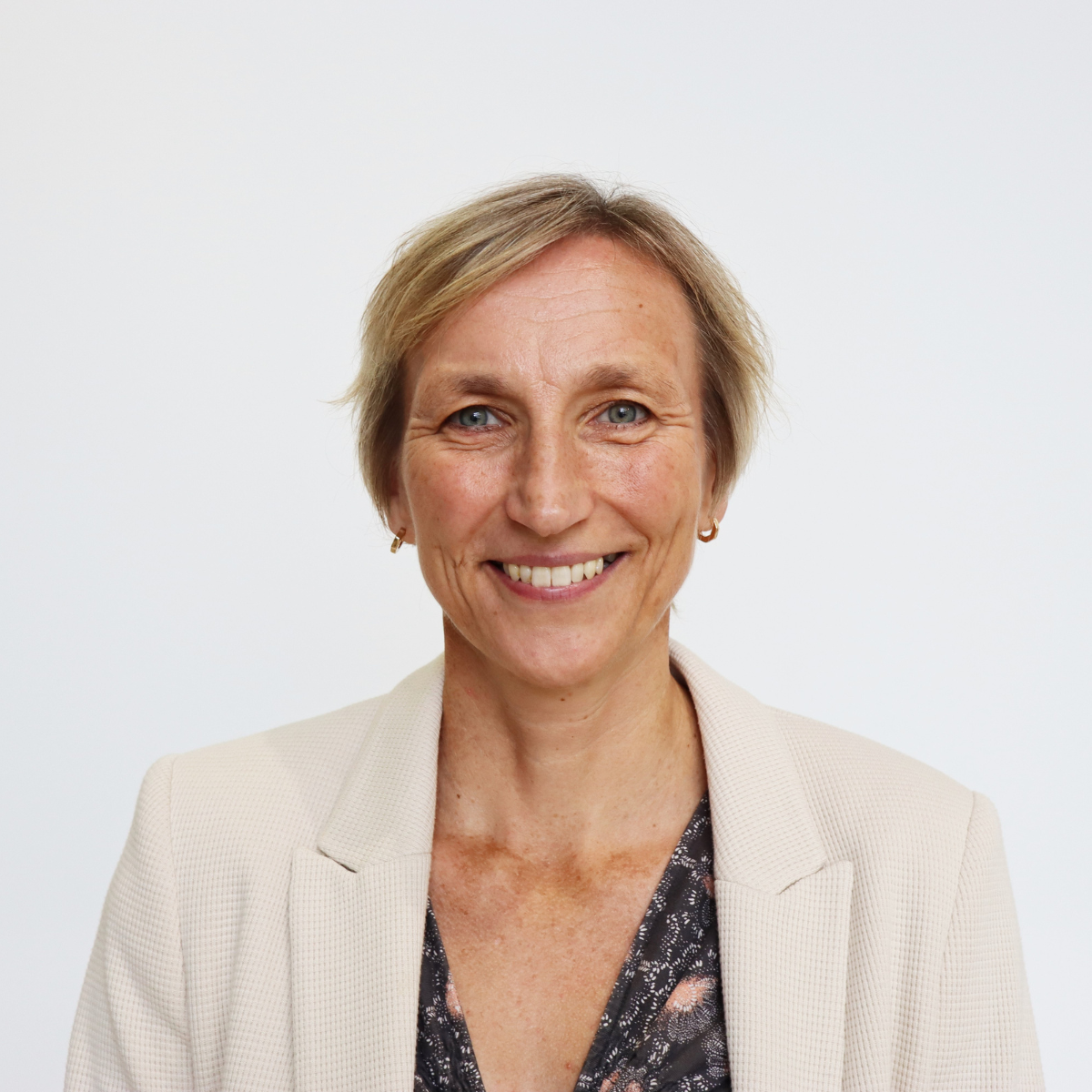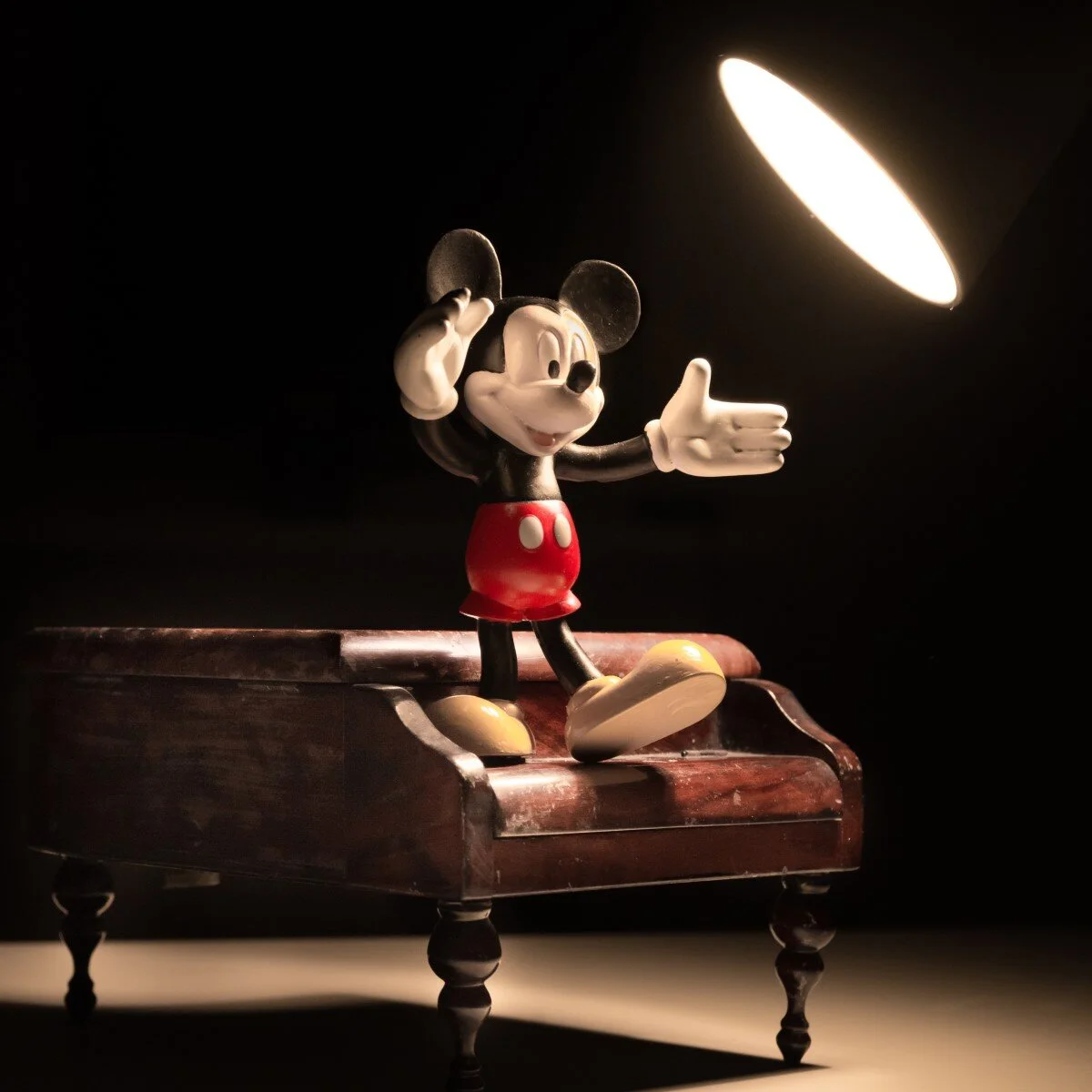Most genetic alterations linked to disease aren’t in genes but are in the ‘dark genome’. Nucleome is using new technology to shine a light in these unknown depths and find the hidden genetic connections to disease.
All in Women in genetics
Naomi Allen: What can 500,000 genomes tell us about human health?
UK Biobank has made half a million whole genome sequences available for research - so what can we learn from them?
Carrie Partch: Stop the clocks - when circadian genes go wrong
Professor Carrie Partch is researching what happens when circadian rhythm genes go wrong and whether we can create drugs for jet lag.
Priya Crosby: Tick tock - how can genes tell the time?
We chat with Dr Priya Crosby who is interested in how circadian rhythms work at the cellular level, and how molecules can tell the time.
Caroline Dean: Winter is coming
Caroline Dean has devoted her research career to understanding how plants sense and respond to the changing of the seasons.
Matthew Cobb: What role did Rosalind Franklin really play in the discovery of the DNA double helix?
Matthew Cobb, science author and Professor of Zoology at the University of Manchester, has been re-evaluating the role of Rosalind Franklin in the discovery of the structure of DNA.
Cordelia Langford: The stories behind the sequencing
Cordelia Langford is the Director of Scientific Operations at the Wellcome Sanger Institute. Her career has spanned the early days of DNA sequencing to the Human Genome Project and today’s industrial-scale genomic pipelines.
Lucy van Dorp: Tracking SARS-CoV-2 around the world, from animals to humans and back again
At the beginning of 2020, UCL group leader Lucy van Dorp set to work using her genetic analysis skills to track the SARS-CoV-2 virus as it spread and mutated in animals as well as humans, providing vital insights to help us understand and tackle the pandemic.
Cecilia Lindgren: Understanding the genetics of obesity to support healthy weight loss
Cecilia Lindgren is Professor of Genomic Endocrinology & Metabolism at the University of Oxford, and director of the Big Data Institute. She’s dedicated her career to understanding why and how people become overweight and obese, and how we can help them.
Rosa Cheesman: From Mendelian inheritance to sociogenomics
Dr Rosa Cheesman from the University of Oslo explains how genetics can help us understand complex human traits and behaviours such as education
The Story of HeLa and Henrietta Lacks
Growing cells in the lab isn’t as easy as you might think. We explore the story of how Henrietta Lacks’s immortal cells (known today as HeLa cells) became the go-to human cell line for biomedical research, and the impact they’ve had as a result.
The organiser: Hilde Mangold
We explore the life and work of Hilde Mangold, whose work in developmental genetics led to the discovery of the Spemann-Mangold organiser.
“A woman and a Jew? Forget it!”: The story of Salome Gluecksohn-Waelsch
We explore the life of Salome Gluecksohn, a woman and a Jew in early 20th century Germany whose experiments with mice sparked a new field in science: developmental genetics.
Meet the Mickey Mouse Mice
We discover how a chance encounter with some white-gloved mice led to new insights into heredity, through transgenerational epigenetic inheritance.
The seamstress and the scientist: Pauline Gross and Family G
A chance encounter between a seamstress and a scientist starts a 25-year long crusade to understand the nature of hereditary cancer.
Storm-driven: Maud Slye and her dancing mice
Maud Slye was one of the first people to investigate how cancer susceptibility could be inherited, with the help of 150,000 mice.
Moving in together - How the theory of endosymbiosis changed biology
The diversity and success of life on this planet may be the result of cells buddying up and moving in together, combining their resources to create new organisms with advantageous new skills.
Splice girls
The story of the discovery of RNA splicing needs a re-edit.
Untying Nature's shoelaces
Just as aglets stop our shoelaces from fraying, telomeres do the same job for our chromosomes, making them a hot topic in cancer and ageing research.
Double (Helix) Trouble
What did Watson and Crick discover? Rosalind Franklin’s notes…




















